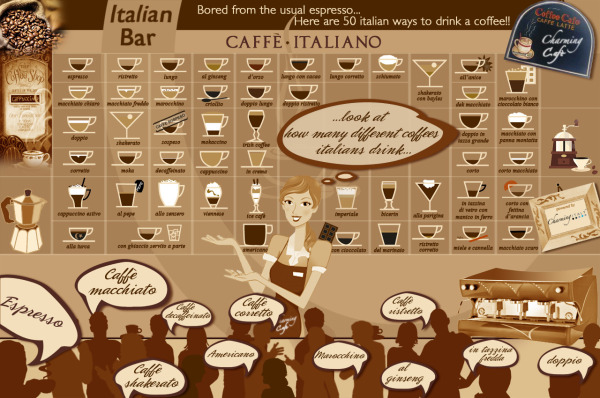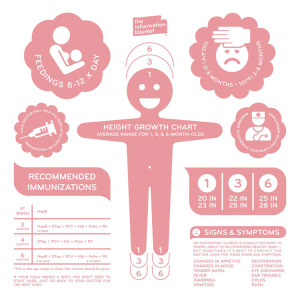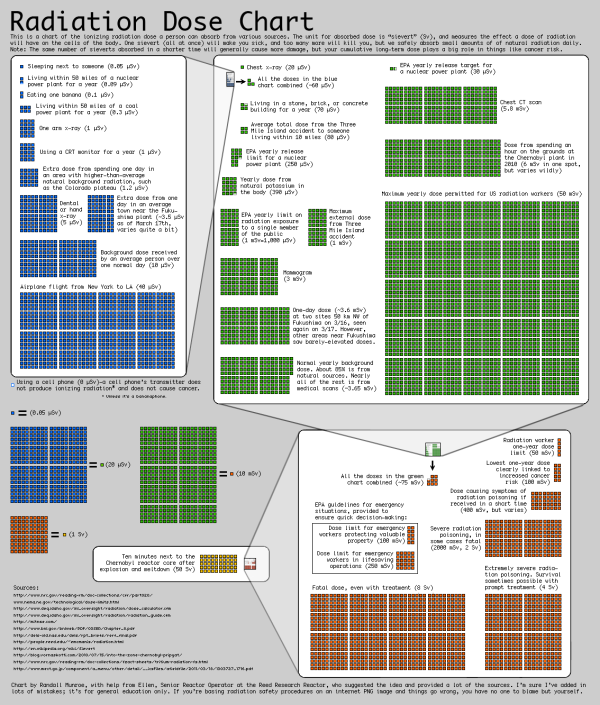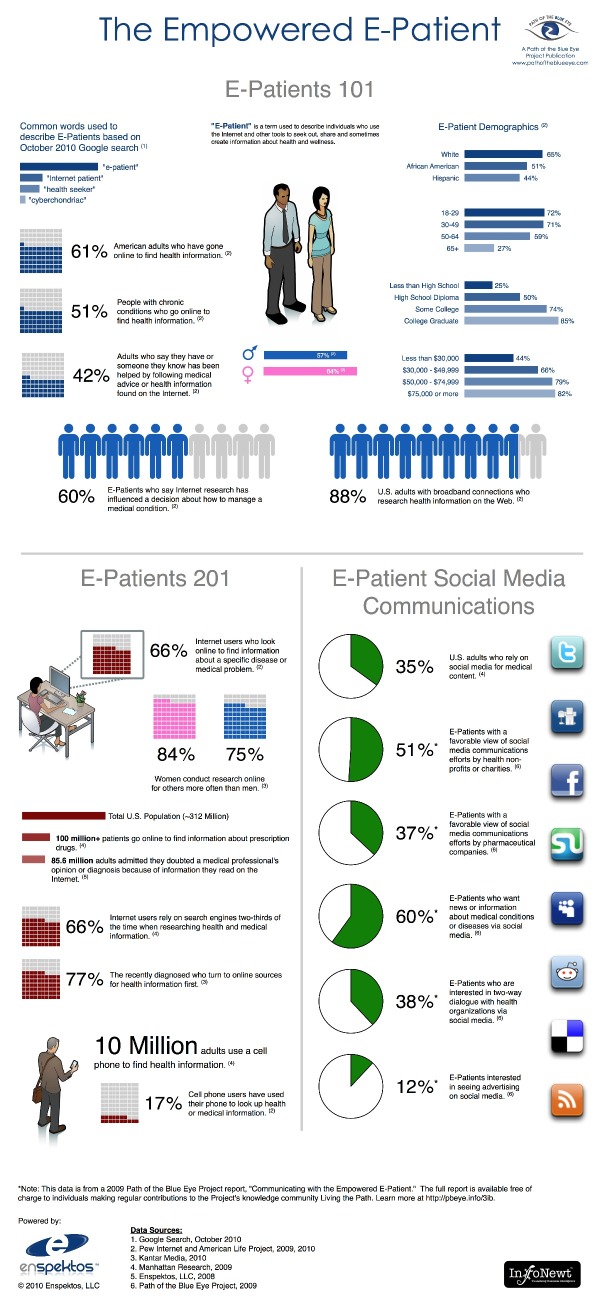Caffè Italiano: 50 Types of Italian Coffee
Caffè Italiano is another mouth-watering infographic from CharmingItaly.com. I love how they took what could have been a standard drink ingredients visualization one step further and designed it as a menu board for an Italian coffee bar.
For Italians, coffee break is a sort of ritual in which the conviviality is a key point. Around a good coffee you can have a chat, take a few minutes for yourself and relax. It’s not just about inserting something into the stomach.
For Italians, drinking a good coffee is a pleasure: it is something to be sipped and not to be swallowed down; it is something to relish in the fullness of its flavour.
This is why a bad coffee gets Italians in a bad mood, while a good coffee can make their day!
When you enter an Italian Bar, around the clock, pay attention on what’s around you: we bet you won’t find 10 people ordering the same type of coffee!
The types of coffee in the Infographic are written in Italian, so you will be able to order them in the right way at the Bar!
The only problem is that there isn’t any guide or legend for the reader to understand the meaning behind the different colored portions of each drink. They look carefully designed to be accurate to the how the drinks are mixed, but that effort is lost without an explanation.
Thanks to Paolo for sending in the link!









 Randy
Randy



















